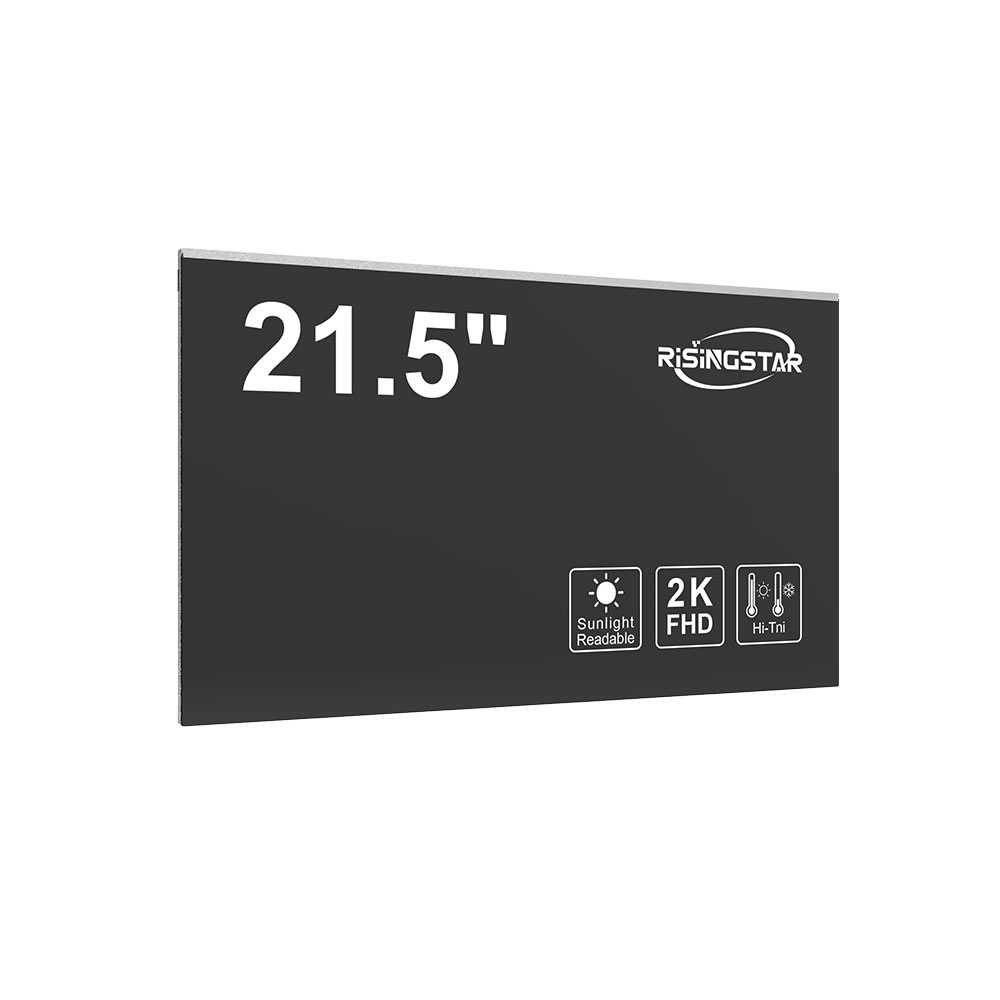- Home
- About Us
- Products
- News
- Video
- Contact
- Send Inquiry
Search
- Home
- About Us
- Products
- News
- Video
- Contact
- Send Inquiry

In industrial, military, marine, and outdoor applications, visibility and durability under extreme conditions are non-negotiable. IP66 waterproof LCD displays have emerged as a critical solution for ensuring reliable operation in environments where moisture, dust, and mechanical stress are constant threats. The Ingress Protection (IP) rating system, defined by the International Electrotechnical Commission (IEC 60529), classifies the degree of protection provided against solid objects (like dust) and liquids (like water). An IP66 rating means the display is completely protected against dust ingress (6) and can withstand powerful water jets from any direction (6)—a standard that makes it ideal for high-stakes operational scenarios.
The engineering behind IP66-rated LCDs involves multiple layers of design innovation. First, the display panel itself must be sealed using advanced gasket materials such as silicone or EPDM rubber, which maintain integrity under temperature extremes (-30°C to +70°C). Second, the bezel and housing are often machined from stainless steel or anodized aluminum to resist corrosion and impact. Third, the backlighting system uses high-luminance LEDs (typically 5,000–10,000 nits) that remain functional even under direct sunlight—a feature known as "sunlight readability." These screens are also commonly paired with anti-glare coatings and polarized filters to minimize reflections and enhance contrast in bright environments.
Real-world case studies demonstrate the effectiveness of IP66 waterproof LCDs. For example, a maritime navigation system installed on a naval vessel in the South China Sea utilized IP66-rated displays to survive saltwater spray and high humidity levels without degradation in performance over three years of continuous operation. Similarly, a mining company in Australia deployed IP66 rugged tablets in underground operations where dust accumulation was a major concern—these devices remained fully functional despite being exposed to fine particulate matter daily. A third case involved a construction site in Dubai, where portable control units with IP66 displays operated reliably in temperatures exceeding 50°C while enduring frequent sandstorms and water splashes from cleaning routines.
Testing protocols for IP66 compliance follow strict standards set by IEC 60529. This includes dust chamber tests using talcum powder to simulate airborne particles and water jet tests with a nozzle delivering 12.5 liters per minute at 100 kPa pressure for 3 minutes from all angles. Only after passing these rigorous tests can a product receive official certification. Industry leaders like ELO Touch Solutions, CUI Devices, and Panasonic have established comprehensive test labs to ensure their products meet or exceed these benchmarks.

Beyond environmental resilience, IP66 displays also offer benefits in terms of maintenance reduction and lifecycle cost efficiency. Because they resist dust buildup and water damage, failure rates drop significantly compared to non-protected alternatives. This is particularly valuable in remote locations where repair access is limited or costly. Additionally, many manufacturers now integrate touch functionality into IP66 displays—using capacitive or surface acoustic wave (SAW) technology—to enable intuitive user interaction even with gloves on, further enhancing usability in demanding settings.
In summary, IP66 waterproof LCD displays are not just a compliance feature—they are a mission-critical enabler of operational continuity across industries. Whether used in offshore oil platforms, military vehicles, or automated factory systems, these displays provide the robustness needed to thrive in unpredictable conditions. As global demand for durable human-machine interfaces grows—especially with the rise of Industry 4.0 and IoT integration—the adoption of IP66-rated screens will continue to expand across sectors requiring both reliability and clarity in hostile environments.

